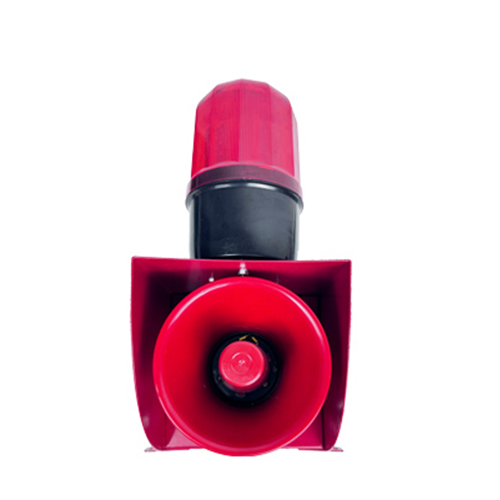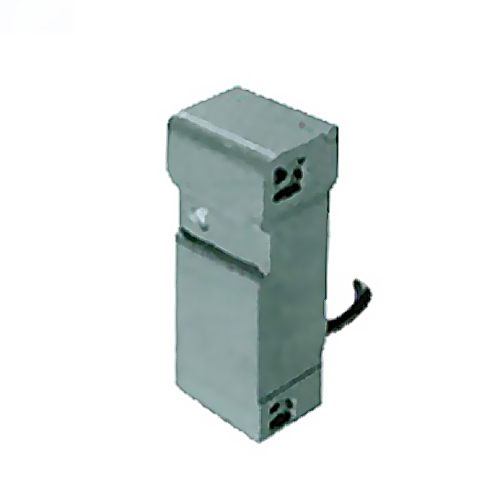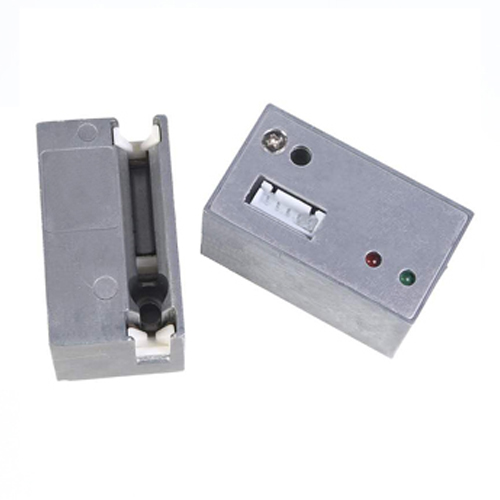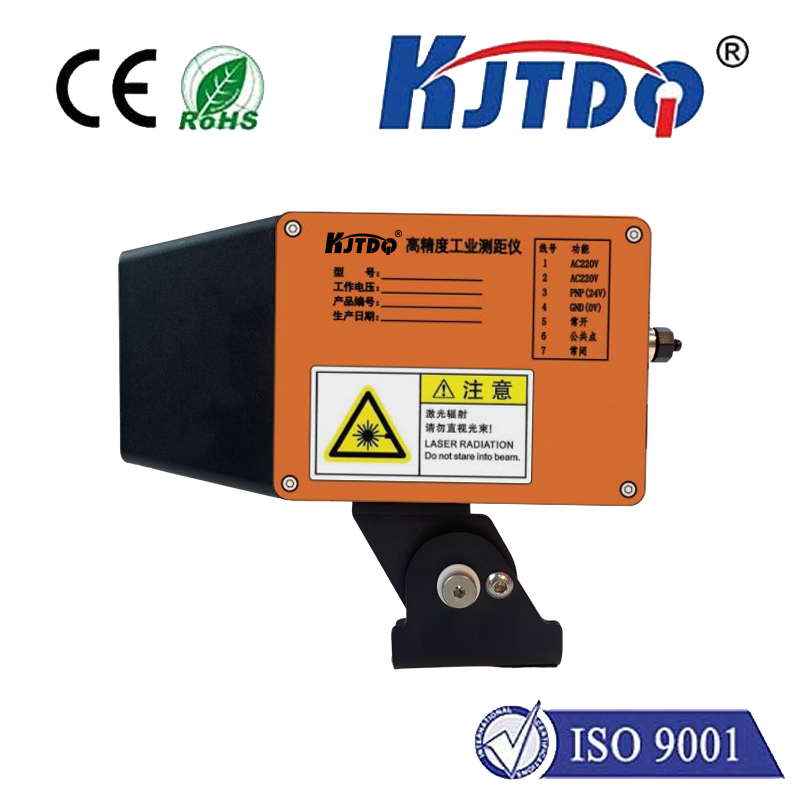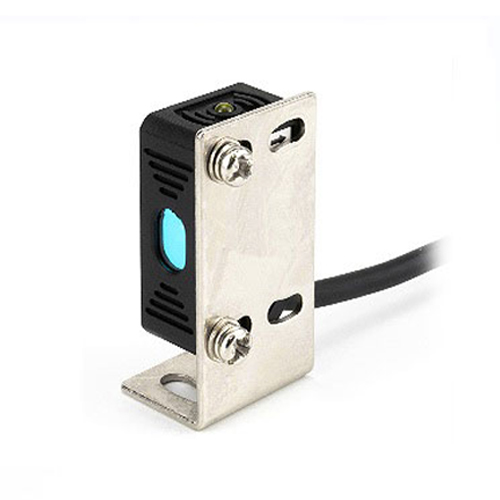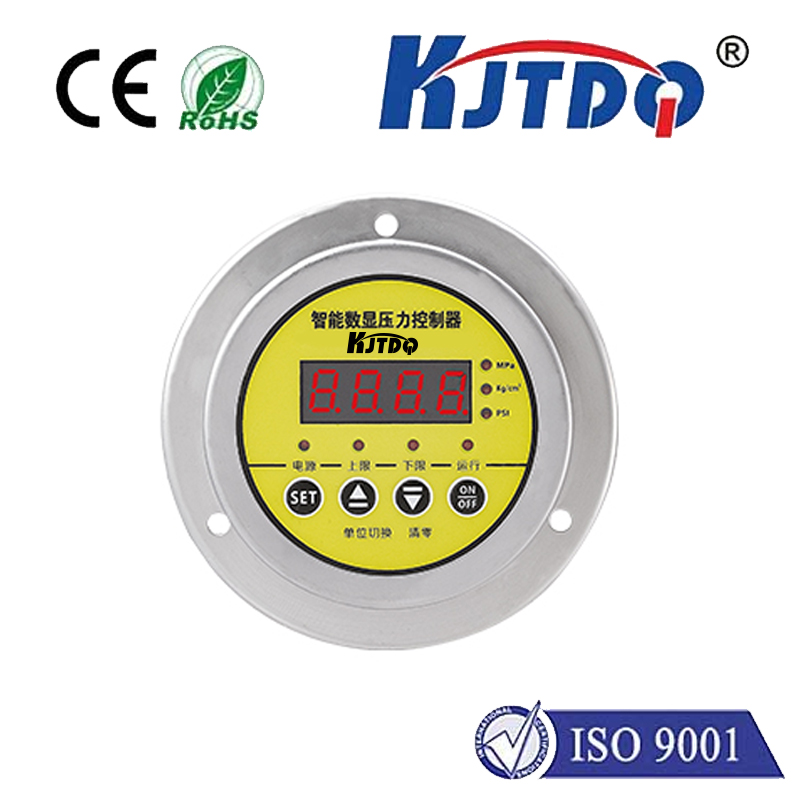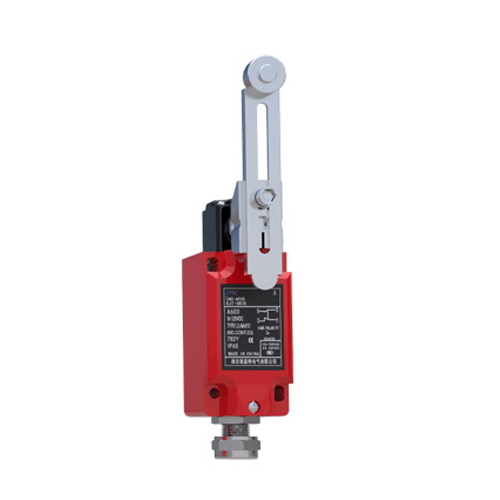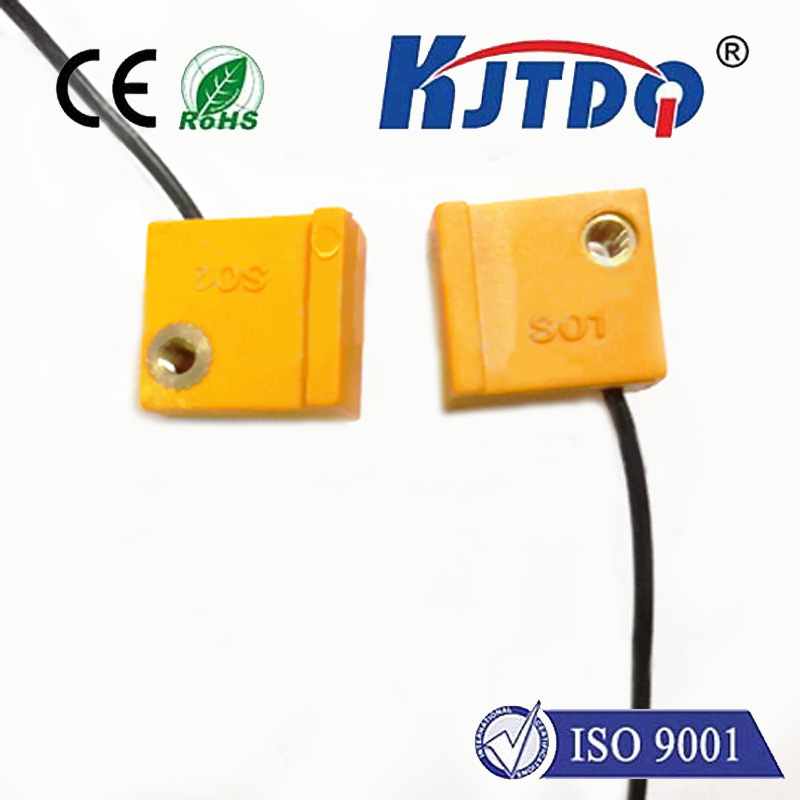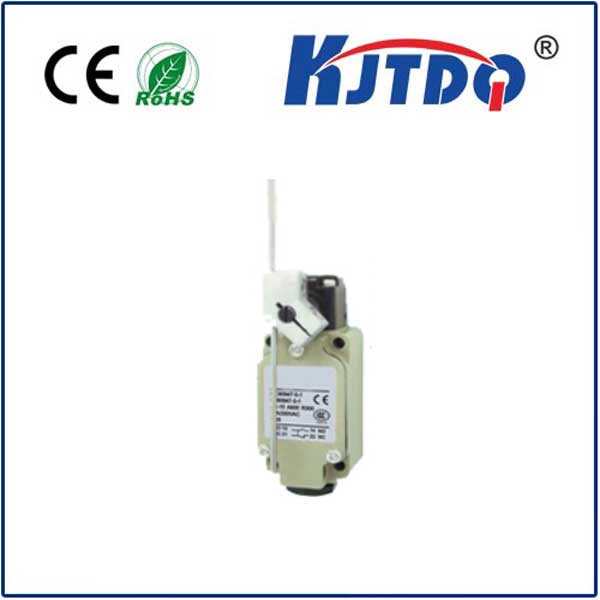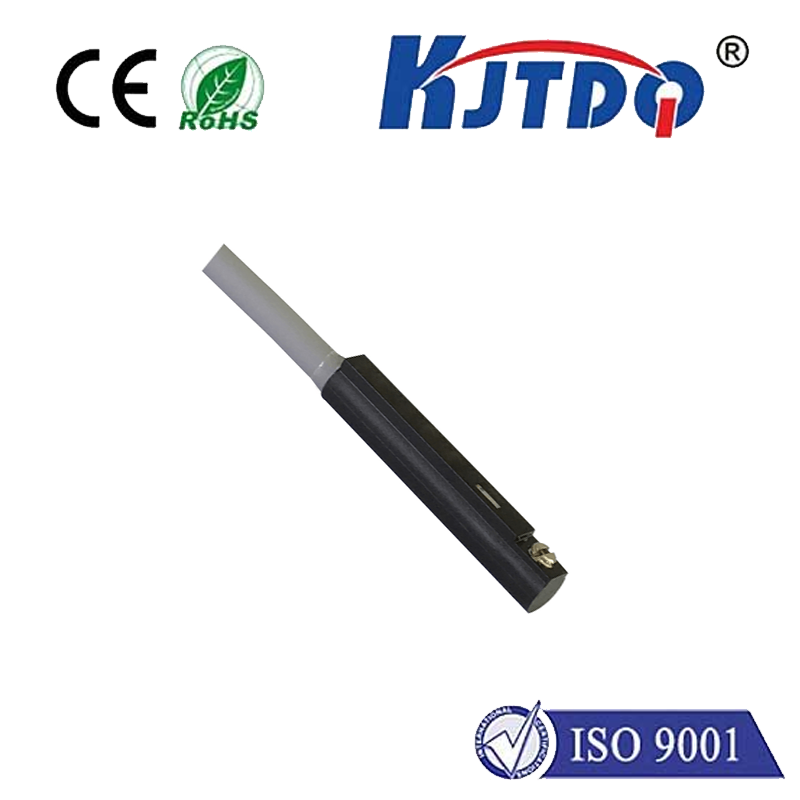E3T-FT14-M1TJ 0.3M micro photoelectric sensor
- time:2025-09-27 00:29:12
- Нажмите:0
The E3T-FT14-M1TJ 0.3M Micro Photoelectric Sensor: Big Impact in Tiny Spaces
Imagine designing a cutting-edge robotic arm for intricate assembly, or optimizing packaging machinery for miniature electronics. You hit a critical wall: space. Standard sensors simply won’t fit into the confined areas requiring precise detection. This is where micro photoelectric sensors shine, and the Omron E3T-FT14-M1TJ 0.3M stands out as a premier solution for demanding, compact automation challenges. This powerful little device proves that significant sensing capability can come in an incredibly small package, enabling automation possibilities previously deemed impossible.
The Miniaturization Imperative in Automation
Modern manufacturing, robotics, and electronics assembly relentlessly push towards greater precision and density. Space often becomes a premium commodity. Larger, traditional sensors, while reliable, can obstruct movement, add unwanted bulk, or simply fail to fit where needed. Compact automation demands components that match its scale without compromising performance. This is precisely the niche filled by specialized micro photoelectric sensors like the E3T-FT14-M1TJ.
Decoding the E3T-FT14-M1TJ 0.3M: Capability in Detail

Let’s break down what makes this specific sensor noteworthy:
- Micro Size (E3T-FT14): The “FT14” designation signals its belonging to Omron’s range of exceptionally compact thru-beam sensors. Its physical footprint is minimal, allowing it to be mounted in areas inaccessible to standard units.
- Photoelectric Sensing: Utilizing a thru-beam method, the sensor comprises two separate units: an emitter and a receiver. The emitter projects a focused beam of infrared light across the 0.3M (300mm) distance to the receiver. An object is detected when it interrupts this beam. Thru-beam offers the most reliable detection for small objects, opaque materials, and challenging environments due to its high excess gain (brightness reserve).
- 0.3M Sensing Range (0.3M): This clearly specifies the reliable operating distance between the emitter and receiver – 300mm. This fixed range is ideal for applications requiring consistent detection within a defined space.
- Electrical Output (M1TJ): The “M1TJ” suffix is crucial:
- M: Indicates an M12 size, 4-pin connector for simplified wiring.
- 1: Designates a specific pin configuration.
- T: Specifies a Light-ON operation mode (receiver output is ON when light is received).
- J: Confirms an NPN output transistor configuration (common in many PLCs and control systems), specifically normally open (NO). The output switches ON when the sensing beam is interrupted (object present).
- Performance Highlights: Despite its size, the E3T-FT14-M1TJ delivers robust performance suitable for industrial settings. It typically features fast response times for high-speed detection, resistance to ambient light interference, and reliable operation in common factory conditions.
Where the Tiny Titan Excels: Key Applications
The E3T-FT14-M1TJ 0.3M micro photoelectric sensor finds its true calling in space-critical applications demanding reliable object detection. Here are prime examples:
- Miniature Robotics & Cobot End-Effectors: Detecting tiny parts gripped by robotic fingers or verifying placement within incredibly tight workspaces on collaborative robots.
- Precision Assembly Lines: Verifying the presence of small components (chips, springs, pins, clips) before or after assembly stages, especially on dense PCBs or miniature mechanisms.
- Compact Packaging Machinery: Checking for the correct insertion of small items into blisters, clamshells, or vials where sensor mounting space is severely limited.
- Pharmaceutical & Medical Device Manufacturing: Detecting vials, syringes, caps, or delicate components in filling, capping, or inspection machines requiring high hygiene and compact design.
- Electronic Component Handling: Verifying feed of small SMD components (resistors, capacitors, ICs) in pick-and-place machines or counting stations.
- Conveyor Gap Detection: Monitoring small gaps between products on high-speed, narrow conveyors where larger sensors would be impractical.
- Door/Guard Interlocking: Providing a compact, reliable safety beam for small access hatches, guarding on compact machinery, or tooling stations.
Why Choose the E3T-FT14-M1TJ Over Larger Alternatives?
The advantages go beyond just size:
- Enables New Designs: Allows engineers to create more compact, efficient machinery and robotic cells that were previously impossible.
- Reduced Obstruction: Minimizes interference with moving parts or product flow due to its minimal profile.
- Weight Savings: Crucial for applications where sensor weight on moving arms or gantries is a concern.
- Simplified Integration: The standardized M12 connector ensures quick and easy wiring into control panels and PLCs.
- Thru-Beam Reliability: Offers superior detection reliability for small or challenging objects compared to diffuse or retro-reflective sensors often used in compact spaces.
- Industrial Ruggedness: Built to Omron’s standards, providing durability within its specified operating conditions.
Implementing Your Micro Sensor Effectively
Integrating the E3T-FT14-M1TJ 0.3M successfully requires attention to detail:
- Secure Mounting: Use sturdy brackets designed for micro sensors to ensure perfect alignment between emitter and receiver over the 300mm gap. Even minor misalignment can drastically reduce sensing reliability. Vibrations must be minimized.
- Precise Alignment: Alignment is absolutely critical for thru-beam sensors. Utilize the sensor’s alignment indicators meticulously during installation. Tools like alignment scopes can be invaluable.
- Environmental Considerations: While resistant to ambient light, avoid pointing directly at intense light sources. Ensure the operating temperature and humidity fall within the sensor’s specifications. Protect lenses from dust, spray, or debris buildup which will attenuate the light beam.
- Electrical Connection: Connect according to the datasheet diagram, paying close attention to the NPN NO output and ensuring correct voltage supply (typically 12-24V DC). Ensure proper grounding.
The Future is Small, The Detection is Certain
As automation permeates increasingly intricate and miniaturized domains, the demand for precision sensing in compact spaces will only escalate. Sensors like the Omron E3T-FT14-M1TJ 0.3M micro photoelectric sensor are not merely convenient alternatives; they are essential enablers of next-generation manufacturing, robotics, and product design. Its specific combination of ultra-compact size, reliable fixed-range thru-beam detection, and industrial-grade performance makes it an indispensable tool for engineers tackling the challenges of modern, dense automation. When your application demands big performance from the smallest possible sensor, this micro photoelectric powerhouse delivers with certainty.

